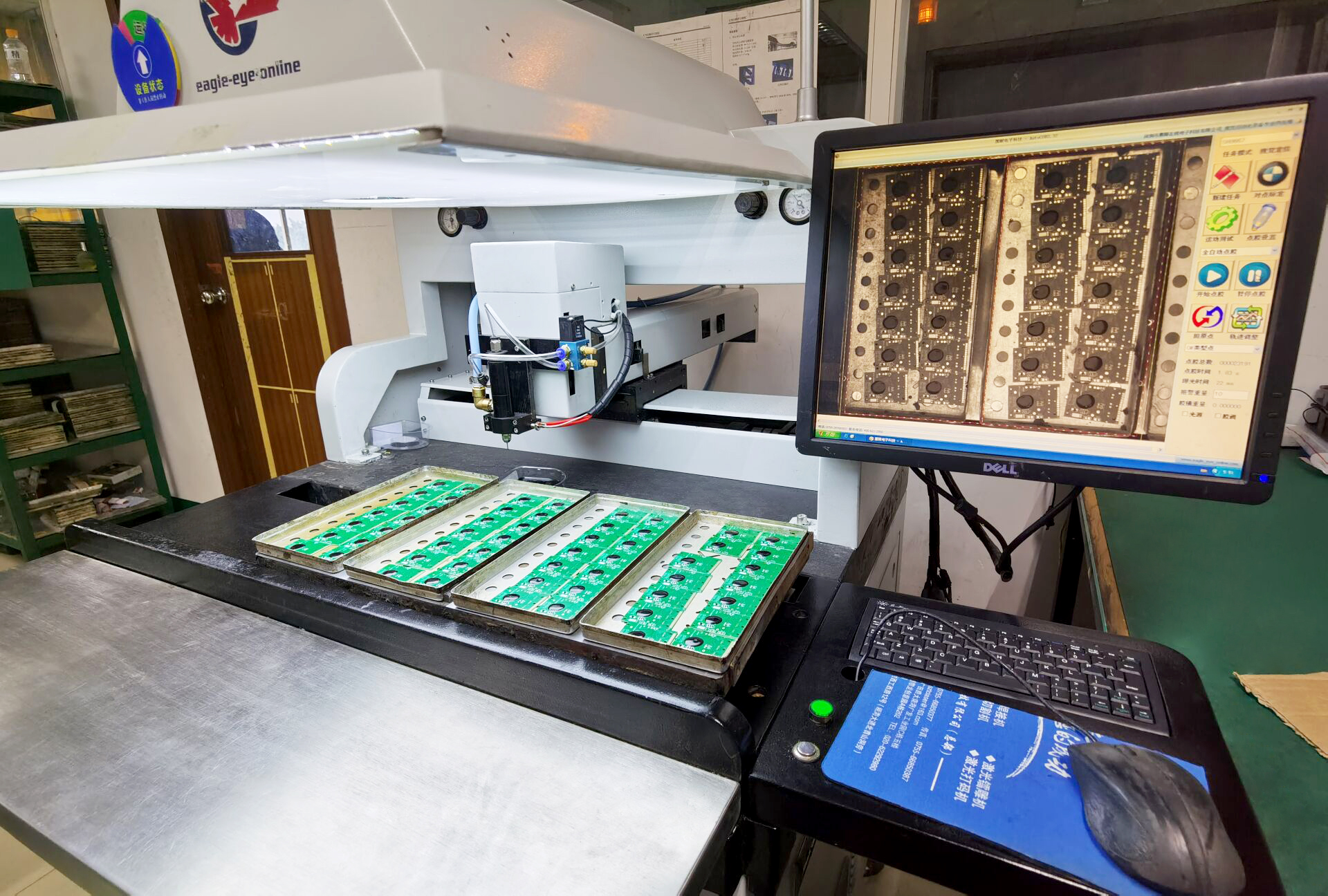
新闻资讯banner
Common defects and solutions in the dispensing process
- Categories:FAQ
- Author:SAJ
- Origin:
- Time of issue:2021-07-08
- Views:0
(Summary description)We know that no matter what the process is, it is inevitable that there will be defects of this kind or that in the production process. Today we are going to discuss the dispensing process. Next, Sanjing will introduce to you the common defects and solutions in the dispensing process, and I hope to help you!
In the dispensing process, the most common defects are wire drawing/tailing, glue nozzle clogging, hole punching, component deviation, insufficient bonding strength of components after curing, chip drop after wave soldering, and component pins floating after curing/ Shift etc. Below we will introduce these defects in detail in turn.
First of all, the first one is wire drawing/tailing, which is the most common phenomenon in dispensing. The reasons for this...
Common defects and solutions in the dispensing process
(Summary description)We know that no matter what the process is, it is inevitable that there will be defects of this kind or that in the production process. Today we are going to discuss the dispensing process. Next, Sanjing will introduce to you the common defects and solutions in the dispensing process, and I hope to help you!
In the dispensing process, the most common defects are wire drawing/tailing, glue nozzle clogging, hole punching, component deviation, insufficient bonding strength of components after curing, chip drop after wave soldering, and component pins floating after curing/ Shift etc. Below we will introduce these defects in detail in turn.
First of all, the first one is wire drawing/tailing, which is the most common phenomenon in dispensing. The reasons for this...
- Categories:FAQ
- Author:SAJ
- Origin:
- Time of issue:2021-07-08
- Views:0
We know that no matter what the process is, it is inevitable that there will be defects of this kind or that in the production process. Today we are going to discuss the dispensing process. Next, Sanjing will introduce to you the common defects and solutions in the dispensing process, and I hope to help you!
In the dispensing process, the most common defects are wire drawing/tailing, glue nozzle clogging, hole punching, component deviation, insufficient bonding strength of components after curing, chip drop after wave soldering, and component pins floating after curing/ Shift etc. Below we will introduce these defects in detail in turn.
First of all, the first one is wire drawing/tailing, which is the most common phenomenon in dispensing. The reasons for this phenomenon are: 1. The inner diameter of the glue nozzle is too small, and the dispensing pressure is too high; 2. The distance between the glue nozzle and the PCB is too large; 3. The adhesive is out of date or poor quality; 4. The adhesive is too sticky High, the amount of glue is too much; 5. It does not return to room temperature after taking it out of the refrigerator. The solution is: 1. Change the glue nozzle with a larger inner diameter to reduce the dispensing pressure; 2. Adjust the "stop" height and change the glue; 3. Choose a glue with appropriate viscosity; 4. Return to room temperature after taking it out of the refrigerator , Adjust the dispensing volume.

2. The glue nozzle is clogged, that is, the glue nozzle output is too small or there is no glue spot coming out. The reasons for this phenomenon are: 1. The pinhole is not completely cleaned; 2. Impurities are mixed in the patch glue; 3. Incompatible glue is mixed and blocked. Therefore, the solution is: Replace clean needles and better quality patch glue, patch glue grades should not be confused.
3. Hole punching. This phenomenon is only the dispensing action, no glue volume appears. The reason is that air bubbles are mixed in or the glue nozzle is blocked. Therefore, the solution is that the glue in the injection cylinder should be degassed, and the glue nozzle should be dealt with according to the corresponding treatment method.
Fourth, the components are offset. The cured components are shifted, and the component pins are not on the pads in severe cases. The reasons are: 1. The amount of patch glue is uneven or the components are shifted during placement; 2. The adhesive force of the patch is decreased; 3. The PCB is placed for too long or the glue is semi-cured after dispensing.
5. After curing, the bonding strength of the components is not enough, and the chip will drop if touched by hand after wave soldering. The reasons for this phenomenon are: 1. The process parameters are not in place after curing, especially the temperature is not enough; 2. The component size is too large, and the heat absorption is large; 3. The light curing lamp is aging or the glue is not enough; 4. The component/PCB has Pollution. Therefore, the solutions are: 1. Adjust the curing curve, especially increase the curing temperature, usually the peak curing temperature of the thermal curing adhesive is very important, and reaching the peak temperature will easily cause the chip to fall. 2. For light-curing adhesives, observe whether the light-curing lamp is aging and whether the lamp tube is blackened. 3. Ensure that the amount of glue is sufficient, and observe whether the component/PCB is contaminated.
Sixth, after curing, the component pins float/shift, and the tin material will enter the pad after wave soldering. The reason for this phenomenon is generally that the patch glue is uneven or the amount of patch glue is too much, and the components are shifted during patching. Therefore, the solution is to adjust the dispensing process parameters, control the dispensing volume, and adjust the patch process parameters.
Scan the QR code to read on your phone
Copyright©Sanjing Electronic Technology Co., Ltd. All Rights Reserved 粤ICP备09210657号



 400-1668-717
400-1668-717

 Feedback
Feedback 